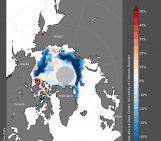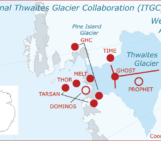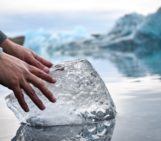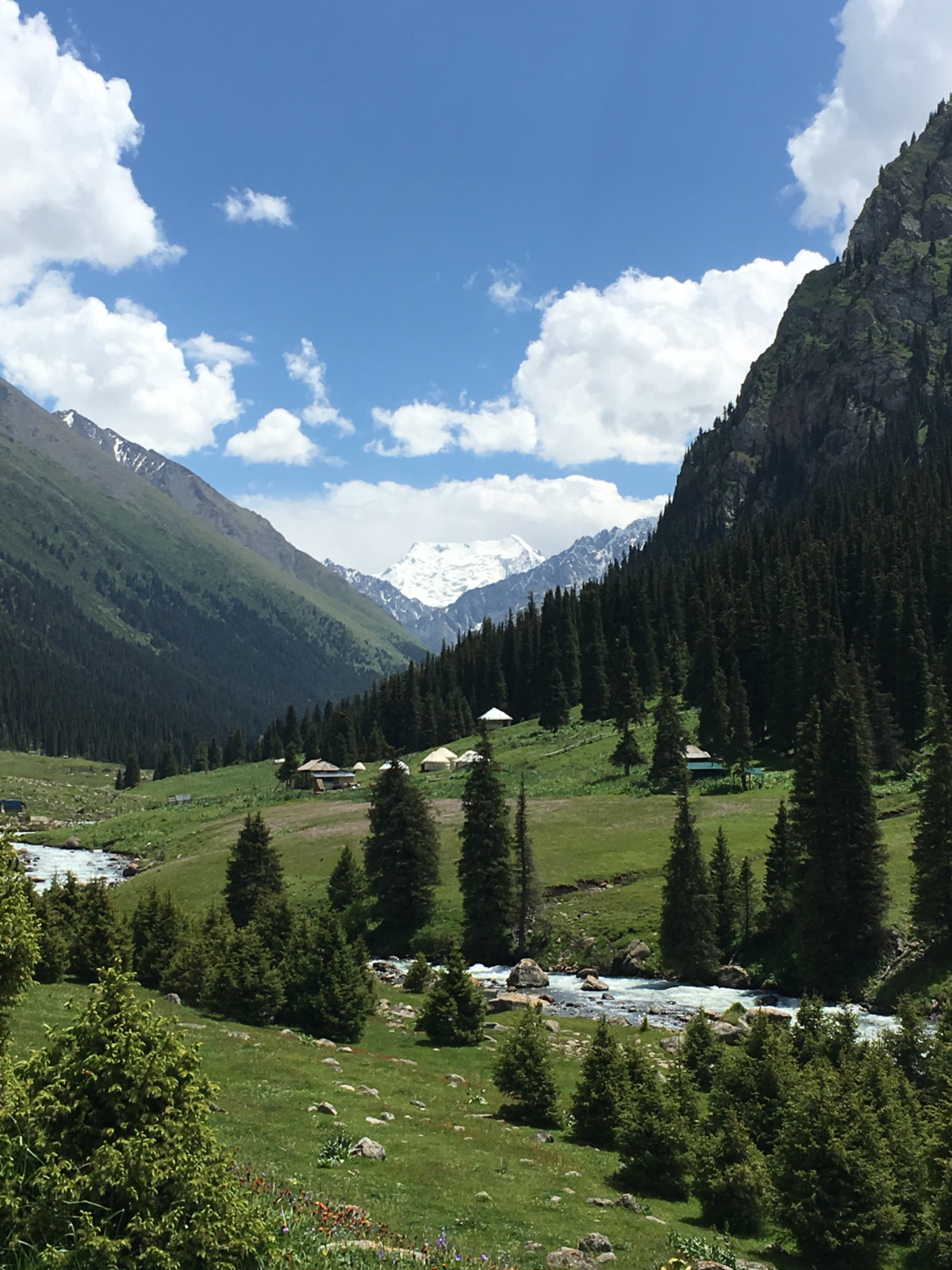
Figure 1. Kyrgyz summer yurt camp in the valley of Altyn-Arashan, Kyrgyzstan. [Credit: Larissa van der Laan]
Glaciers as our Water Storage Vessels
Just as the Kyrgyz family camp, we all need water for our daily needs. We need it and glaciers kindly store it for us. Glaciers, in fact, act as important storage vessels of freshwater in the form of ice, snow and liquid water. The storage of water in firn (if you don’t know what firn is, look here) and ice is considered long term storage, which affects global sea level. Water resources are affected by shorter term storage, which governs processes on a seasonal scale.
These processes include the input to a glacier in the form of snow (accumulation) and the melting of snow and ice (ablation), releasing water from the glacier. The timing and amount of accumulation and ablation is largely dependent on precipitation and temperature, determining how much snow falls onto the glacier and how much snow and ice melt. The water that is released from glacier melting moves downstream through the glacier basin, reaching communities and ecosystems.
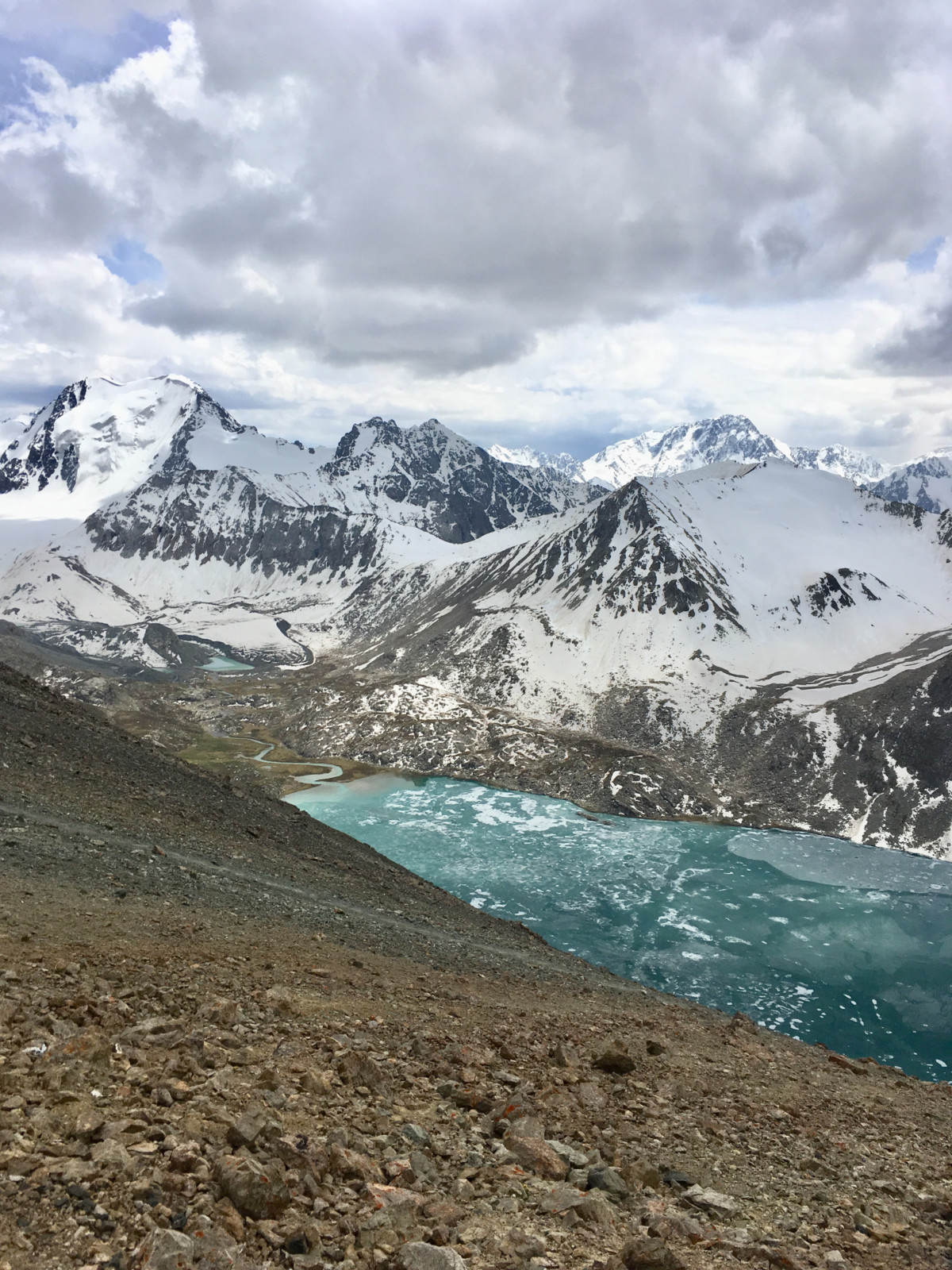
Figure 2. Glacier-fed lake Ala-Kol, Kyrgyzstan (3560 m. above sea level). [Credit: Larissa van der Laan]
Humans and Water Towers
Historically, people living downstream from glaciers have used the water from glaciers for agriculture irrigation, drinking water, hydropower and to fulfill any other freshwater needs. About 22% of the global population, over 1.6 billion people, live in or downstream from the mountainous areas housing snow and glaciers. We call these areas the water towers of the world: providing storage and water supply through glaciers and snow.
Glacier Changes and their Hydrological Effects
So what is currently happening for these 22% of the population? As has been widely known for some time, glaciers worldwide are losing mass: between 2002 and 2016, a mass loss of 8 mm sea level rise equivalent was observed by the GRACE satellite mission. As this shrinkage progresses, this affects the timing, amount and frequency of water being released downstream, ranging from too much to too little water for the communities. Sometimes, both is the case, as for the yurt camp community in Altyn-Arashan (Figure 1). They are forced to change locations based on floods from too much water coming from glacier melt on the one hand, and they have to find new easy-access meltwater streams when their usual ones dry up mid-season on the other hand. Let’s see these two effects (flooding and drought) in more details.
Effect 1: Flooding
With increased melt, there is more water than the basin is accustomed to, putting pressure on river beds and creating proglacial lakes – lakes between the glacier tongue and moraine ridge, where the ice has disappeared. This leads to increased flood risk from oversupplied rivers and these proglacial lakes bursting, causing so-called glacial lake outburst floods. These can have catastrophic consequences.
A 2016 study analyzed 1348 floods from 332 glacier lake sites. 36% of these floods had recorded societal impact, including deaths, destruction of infrastructure and ecology. Overall, as of 2016, more than 12,000 deaths had been globally reported as directly caused by glacial floods.
Recently the Uttarakhand floods in India led to over 200 missing people, as of 4 March 2021, and two destroyed hydro-power electric plants. Despite the event not yet being fully comprehended, it seems that a rock-ice collapse, which had dammed in a meltwater stream, is involved as one of the main causes.
The entire downstream Himalaya region, ranging from Afghanistan to Bhutan, is vulnerable to these types of events. The intergovernmental group International Centre for Integrated Mountain Development has marked 47 dangerous glacial lakes in the region as flood dangers, with the potential to destroy many lives in the future. A previous blog post goes in-depth into an example from the Central Andes and the dangers that lie hidden in the glaciers there. Want to see what Peru’s most dangerous glacial lake looks like? Check it out here.
Effect 2: Drought
However, this increase in water release cannot go on indefinitely. At some point, a glacier reaches its maximum water release, called a glacier’s peak water, see Figure 3. From that point on, the glacier size, and thus storage capacity, has diminished to a degree that its seasonal release of melt water declines, leading to dry seasons and droughts downstream.
For many glaciers around the world, their peak water has already passed or is expected to pass in the upcoming 20-30 years. For more in-depth information on this, check out Dr. Bethan Davies’ video lecture on glacier mass balance and peak water here. A global study on the hydrological response to glacier mass loss concludes that out of 56 large-scale glacierized basins, over a third might experience a runoff decrease larger than 10% by the year 2100. This amount is high enough to cause water scarcity in the affected downstream regions, posing huge water resources management challenges. Studies suggest that by 2100, up to 50% of the population could be living in water scarcity, in part due to glacier shrinkage.
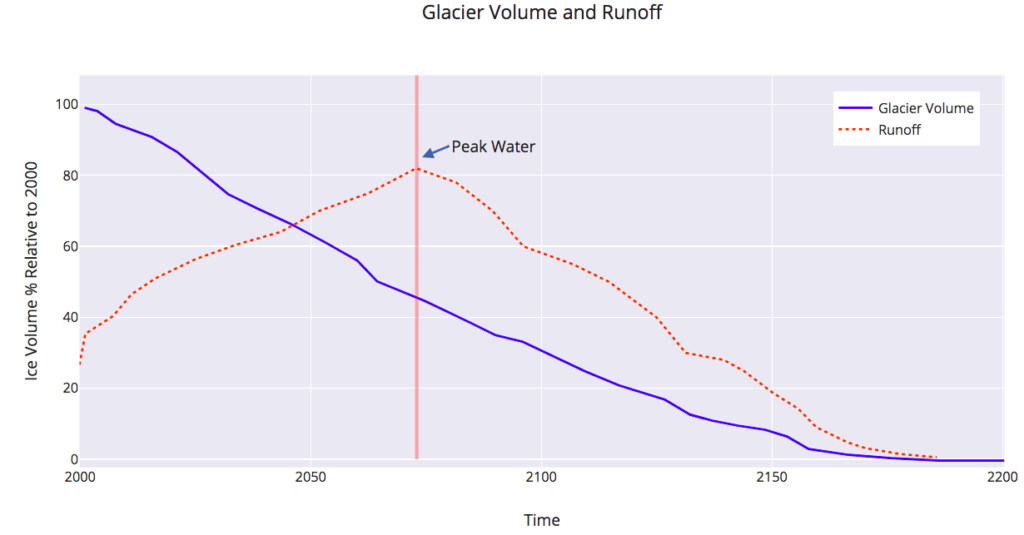
Figure 3. This shows volume and runoff for a hypothetical glacier that is disappearing over 200 years. As volume declines, runoff increases until peak water has been reached. After, runoff declines until the glacier has disappeared. [Credit: Larissa van der Laan]
So now? On to Adaptation and Mitigation!
As research on the impact of glacier mass loss on hydrology is progressing, the need for interdisciplinary research on the topic becomes clear. Documenting past and current glacier mass loss has aided the scientific effort to predict future mass loss, allowing us to plan mitigation and adaptation strategies in the realm of both flood protection and water resources management. The goal is to protect affected populations, so they can remain where they are, rather than being upended by floods and droughts. This requires effective planning for the future, in part through modelling. Right now, a link to water resource modelling is being made, in projects using observed data and coupled glacier-, hydrological- and water resource models. This is not an easy topic to deal with, there are geographical, physical, societal and climatic processes involved, there’s a lot to study and learn!
Further reading
- Huss & Hock (2018) Global-scale hydrological response to future glacier mass loss. Nature Climate Change 8:135-140 DOI: 10.1038/s41558-017-0049-x
- Davies (2020) What is the global volume of land ice and how is it changing? AntarcticGlaciers.org
- Castellazzi et al. (2019) Glacial Melt and Potential Impacts on Water Resources in the Canadian Rocky Mountains. Water Resources Research 55:10191-10217 DOI: 10.1029/2018WR024295
Edited by David Docquier and Giovanni Baccolo
 Larissa van der Laan is a PhD Student at the Leibniz University Hannover, Germany and artist, aiming to communicate climate science (among other things) through art. Her research is within the project GLISSADE, focusing on glacier mass balance modelling on seasonal and decadal scales, using the Open Global Glacier Model (OGGM). Find her artistic and scientific musings on Instagram @anda.designstore and on twitter under @larissavdlaan.
Larissa van der Laan is a PhD Student at the Leibniz University Hannover, Germany and artist, aiming to communicate climate science (among other things) through art. Her research is within the project GLISSADE, focusing on glacier mass balance modelling on seasonal and decadal scales, using the Open Global Glacier Model (OGGM). Find her artistic and scientific musings on Instagram @anda.designstore and on twitter under @larissavdlaan.
Contact Email: vdlaan@iww.uni-hannover.de

